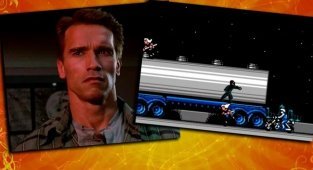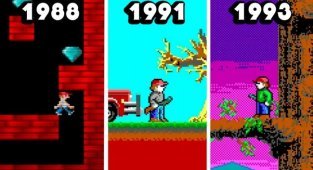Where did "Tanks" begin: the history of the game "Battle City" (11 photos)
Every gamer of the 90s who had a Dendy console in their arsenal played the cult game "Battle city" or simply "Tanks", which was almost a mandatory element on all the different game cartridges. But how did this game come about and why did it become so popular? 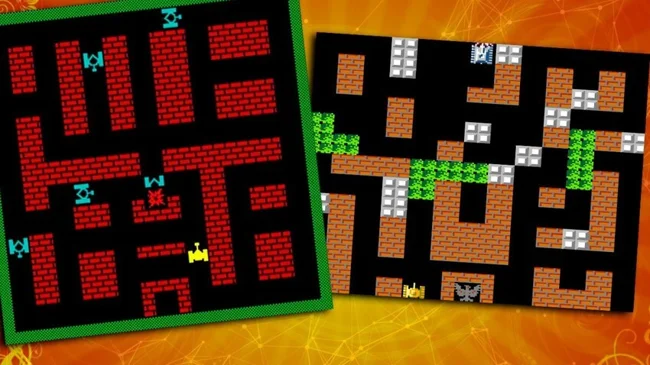
Original game 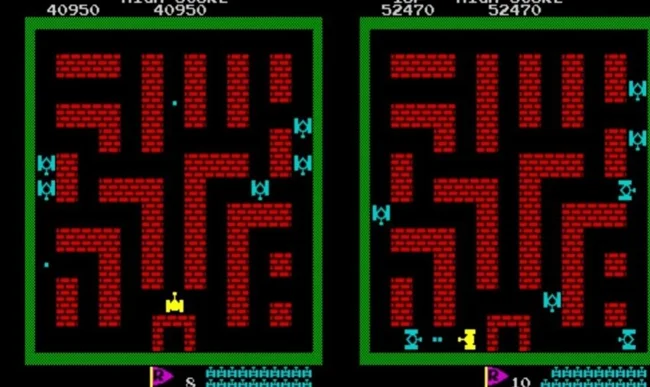
Like many early games for the Famicom console (NES, Dendy), the game "Battle city" was ported from arcade machines. True, in the original it was not called “Battle city” at all, but “Tank Battalion”. 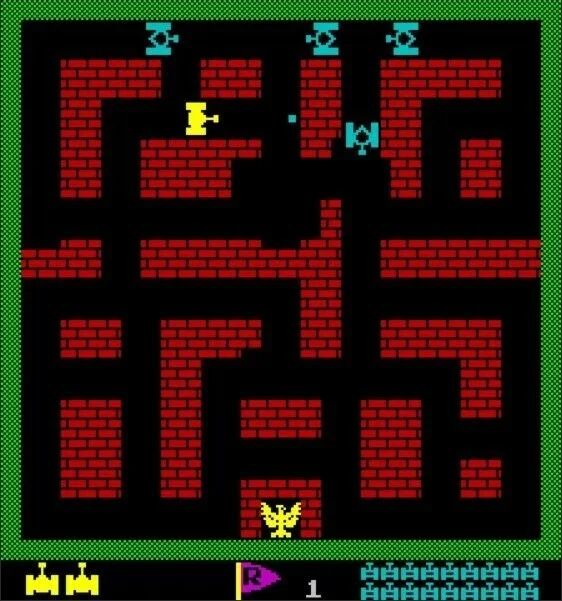
The game "Tank Batalion", created by Namco, appeared in arcade machines in October 1980. The graphics in the game were much simpler than what we were used to, but the essence of the game remained the same. We were given control of a tank, with the help of which the player had to destroy 20 enemies, preventing them from destroying their base, surrounded by a brick wall. But the similarity was visible only upon first viewing. In reality, the game had many differences from the NES version:
The game was (one might say) frame-by-frame, as during each step, the tank jumped from one cell to another, rather than driving smoothly, like on 8-bit home consoles;
When enemy tanks exploded, a huge black square formed around them;
The tank shoots “a teaspoon per hour,” and sometimes it was because of this that players were shot at by enemies;
Every third level was empty, that is, there were no obstacles on it, which made it much easier for enemy tanks to reach the base;
Starting at level 10, the game started to get repetitive. Except that the speed of the enemies became higher;
With each subsequent level, the game became more and more difficult, which is of course not surprising for arcade games, the goal of which was to lure as many coins out of gamers as possible. 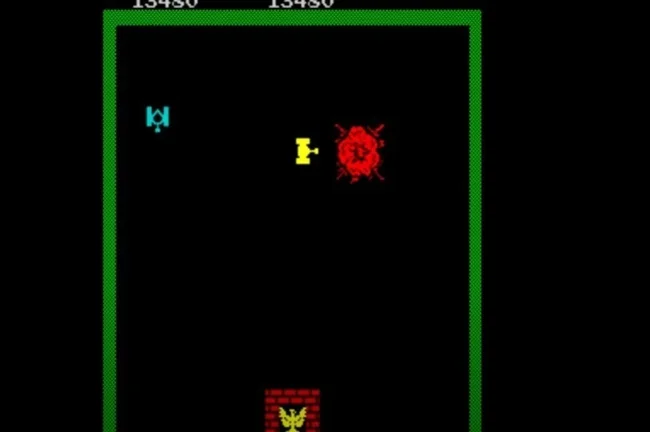
Of course, "Tank batalion" had the ability to play with two people, which in theory could make the passage easier. All that was required was to throw in two coins instead of one. But the catch was that, unlike "Battle city", "Tank batalion" could not be played by two people at the same time. The two-player game only involved taking turns, which was a very strange move.
First port 
The Tank batalion game was first ported to the MSX home computer in 1984. And despite the fact that it was still an arcade version, the game had already acquired some features of the familiar Battle city, including those very familiar sounds and the main musical theme.
It was in this version that for the first time it became possible to improve the tank (two shots at a time, speed of fire, large tank), and the information panel was moved from the bottom to the right side of the screen. And now the game has become smoother and more passable.
Battle City 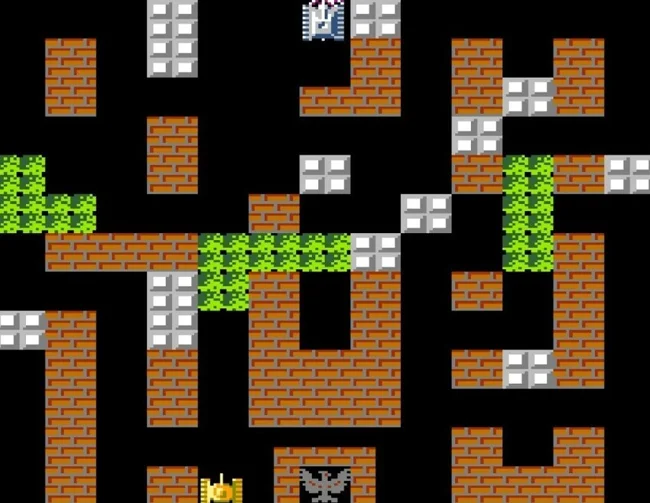
In 1984, Namco began porting its arcade games to the Famicom. Moreover, they put serial numbers on the covers of the cartridges. The first ported game was the famous "Galaxian", and a total of 18 such official ports were released. 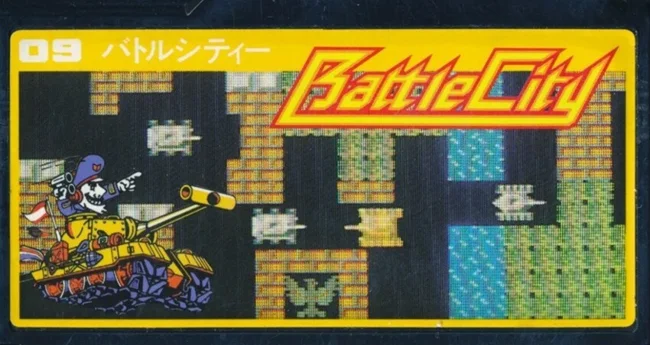
And in 1985, the game "Tank Batalion" reached the home 8-bit Famicom console. Those who saw the original cover of the game might have noticed the number 9 on it, which meant the 9th port from Namco. It was then that the game received the well-known name “Battle city”, and it was in this version that we became acquainted with this game in the 90s. 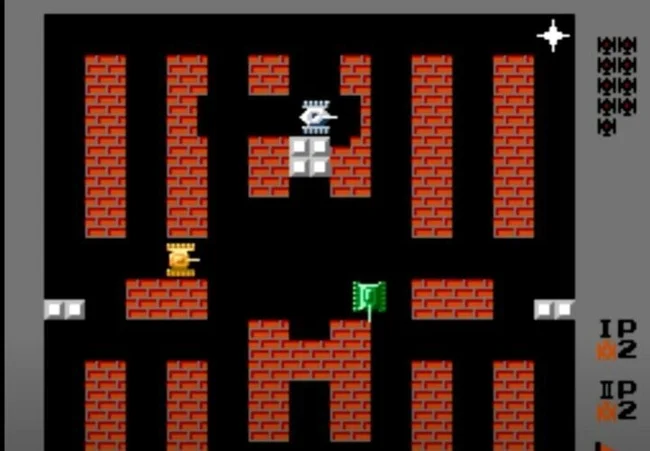
This port turned out to be just perfect. Unlike ports of many other games, it was much better than the original. The graphics were much better and richer, the controls were perfect, and the tanks moved so smoothly that it was a joy to the eye.
It was in this version that new types of landscape appeared in addition to brick:
Greenery, in which it was difficult to navigate and see enemy tanks;
Water that you could shoot through, but you couldn't walk through until you took a certain bonus;
Ice, which gave the tanks slip;
Concrete walls that could not be broken through until you pumped the tank to maximum.
Also, it was in this version that various types of enemies appeared, differing in their behavior, as well as 6 bonuses that made the game easier in one way or another.
However, not all planned bonuses were used in the game. If you extract sprites from the game, you could find pictures that you did not see in the game, for example a pistol. Yes, the pistol that instantly pumped up the tank could be taken in the pirated version of "Tank 1990", but the strange green drop was not even there in the pirated version. 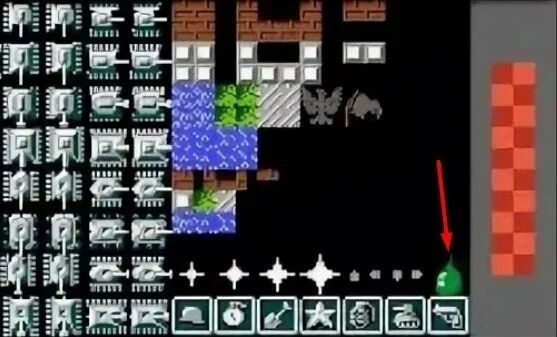
As it turns out, this is some kind of Easter egg from the creator. To activate it, you had to “dance with a tambourine”, namely, enter and exit the level creation mode 7 times, then you had to hold down “down” and press “A” 8 times, and after that you also had to hold down “right” and press "B" 12 times, after which you had to press "Start". In this case, a screen appeared on which the creator confesses his love to a certain Moriko, after which that same green drop appears. 
As for passing the game, it is impossible to beat it, that is, it has no ending. The game has 35 original levels, after which everything is repeated in a circle from the very beginning. Except that on the second round the enemies are no longer the same as at the first level, but the same as at level 35. True, already on the third lap the enemies are reset, so starting from level 71 you can say you are going through the game from the very beginning. 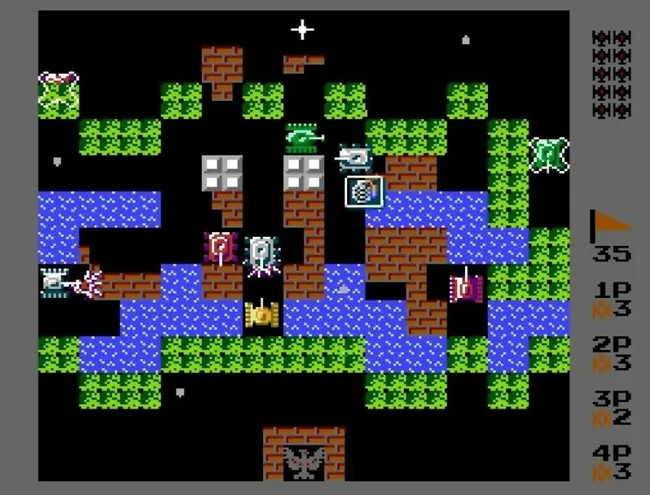
Naturally, it was impossible to ignore the fact that it was finally possible to play Tanchiki together with two people at the same time.
Of course, “Tanks” has become a cult game for us, the mention of which gives nostalgic goosebumps to the body. And for this special thanks should be said to the “pirates” who riveted multi-game games, inserting this wonderful game into them, and then these cartridges came complete with the same pirate consoles, which we called Dendy, even taking into account the fact that it was not Dendy .
